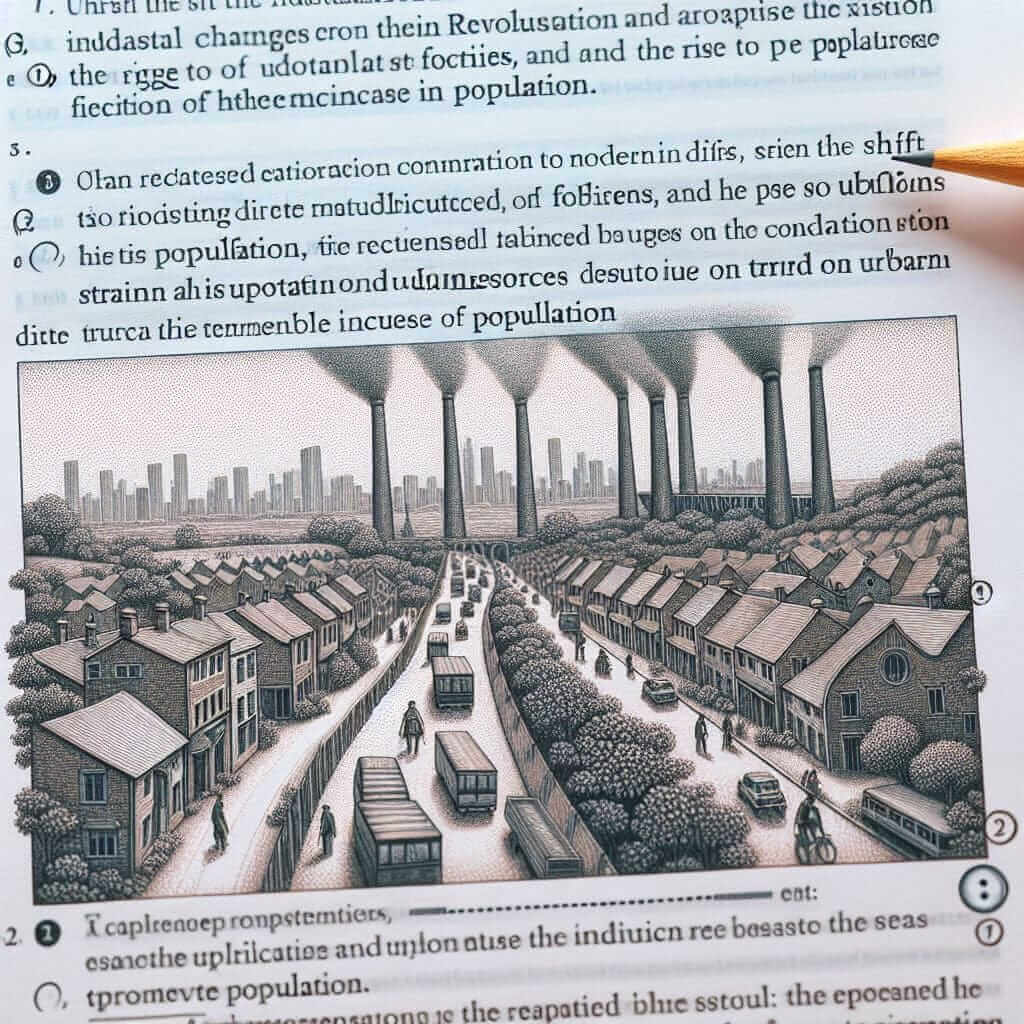The IELTS Reading test is often perceived as a formidable hurdle for many test-takers. As an IELTS instructor with over 20 years of experience, I’ve encountered countless students who initially found the Reading section daunting. The question “Is IELTS Reading difficult?” is one I hear frequently. The truth is, while it presents its unique challenges, it’s certainly not insurmountable. With a strategic approach and focused practice, you can confidently conquer this section.
Table Of Contents
- Understanding the Challenges of the IELTS Reading Test
- 1. Time Constraints
- 2. Unfamiliar Vocabulary
- 3. Complex Sentence Structures
- 4. Different Question Types
- Effective Strategies for Tackling the IELTS Reading Test
- 1. Enhance Your Reading Speed and Comprehension
- 2. Master Different Question Types
- 3. Develop Effective Answering Techniques
- Example from an IELTS Reading Passage
- Key Takeaways for IELTS Reading Success
Understanding the Challenges of the IELTS Reading Test
Several factors contribute to the perceived difficulty of the IELTS Reading test:
1. Time Constraints
With only 60 minutes to answer 40 questions based on three lengthy passages, time management is crucial. Many test-takers struggle to read the passages thoroughly and answer all the questions within the given timeframe.
2. Unfamiliar Vocabulary
The Reading passages often contain academic vocabulary and technical terms across various subjects, which can be challenging for those unfamiliar with the terminology.
3. Complex Sentence Structures
Academic writing often employs complex sentence structures, making it harder to grasp the intended meaning quickly.
4. Different Question Types
The IELTS Reading test features a variety of question types, each requiring a specific approach. Understanding the nuances of each question type is essential for success.
Effective Strategies for Tackling the IELTS Reading Test
Let’s break down some proven strategies to help you master the IELTS Reading section:
1. Enhance Your Reading Speed and Comprehension
-
Practice Skimming and Scanning: Skimming helps you quickly grasp the main idea of a passage, while scanning allows you to locate specific information.
-
Improve Vocabulary: Regularly learn and review new words, focusing on academic vocabulary.
-
Analyze Text Structure: Pay attention to headings, subheadings, and transition words to understand the organization of ideas.
2. Master Different Question Types
-
Familiarize Yourself with Question Formats: Understand the requirements of various question types like multiple-choice, sentence completion, matching headings, and true/false/not given.
-
Practice Time Management: Allocate time wisely for each passage and question type.
3. Develop Effective Answering Techniques
-
Read Instructions Carefully: Pay close attention to the specific instructions for each question type.
-
Use Keywords: Identify keywords in both the questions and answer choices to locate relevant information in the passage.
-
Don’t Panic if You Don’t Understand Everything: Focus on understanding the overall meaning and relevant sections.

Example from an IELTS Reading Passage
Let’s look at a sample question to illustrate:
Passage Extract:
“The Industrial Revolution witnessed a surge in urbanization, with people moving to cities in search of employment opportunities. This demographic shift led to unprecedented challenges in housing, sanitation, and social infrastructure.”
Question:
What was a significant consequence of the population growth in urban areas during the Industrial Revolution?
A. Increased agricultural production.
B. Strain on urban resources and services.
C. Decline in factory jobs.
D. Improvement in air quality.
Explanation:
The passage states that urbanization led to “challenges in housing, sanitation, and social infrastructure,” indicating a strain on urban resources and services. Therefore, the correct answer is B.
Key Takeaways for IELTS Reading Success
-
Consistent Practice is Key: Regularly engage with IELTS Reading practice tests to improve your speed, accuracy, and familiarity with the test format.
-
Focus on Vocabulary Building: A strong vocabulary is essential for understanding complex passages.
-
Develop a Strategic Approach: Employing effective reading and answering techniques will significantly enhance your performance.
Remember, the IELTS Reading test is challenging but achievable. With dedicated effort and the right strategies, you can improve your reading comprehension and achieve your desired score.